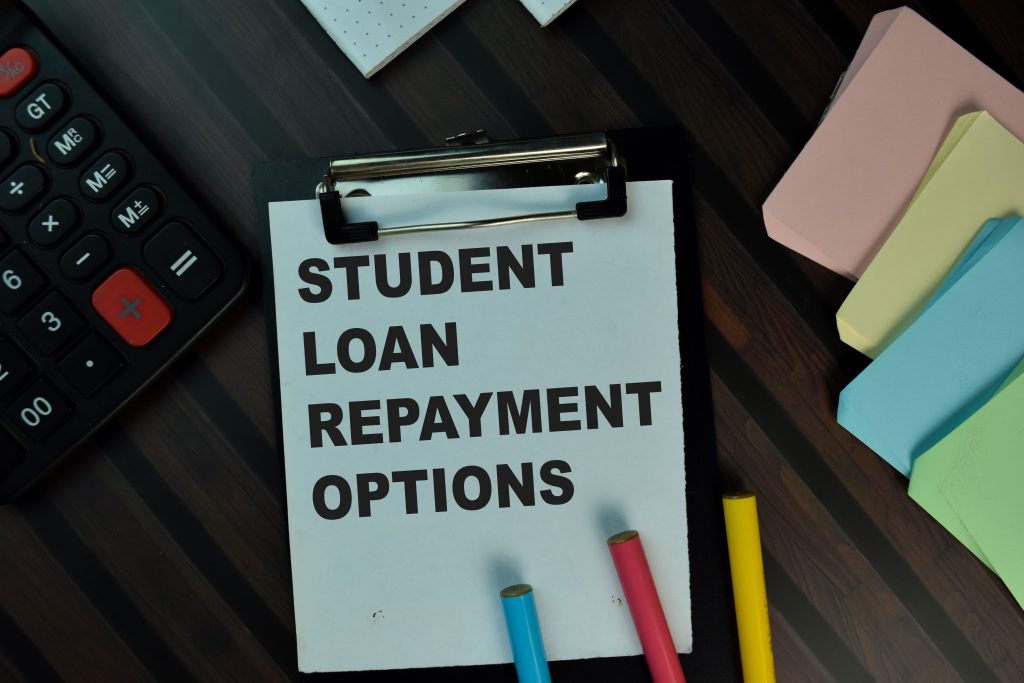Student loans can feel like a heavy burden, and it’s natural to look for ways to lighten the load. One option that often comes to mind is using your 401(k) to pay off some or all of your debt. On the surface, it might seem like a quick solution, but tapping into your retirement savings comes with important rules, potential penalties, and tax consequences that can have long-term effects on your financial future.
Understanding these factors is essential before making any decisions. In this guide, we’ll break down how using a 401(k) for student loans works, the risks involved, and alternative strategies that can help you manage debt more safely. By the end, you’ll have the information needed to make a smart choice that balances paying off your loans with protecting your retirement.
What is 401(k) and Student Loans?

A 401(k) is a tax-advantaged retirement account offered by employers. Employees contribute pre-tax or Roth (after-tax) dollars, and employers may offer matching contributions. The main purpose of a 401(k) is long-term retirement savings, which makes using it for immediate debt repayment a serious decision.
On the other hand, student loans are personal obligations that usually carry interest. Depending on your loan type, you may have federal protections such as income-driven repayment or deferment options. Understanding both sides is crucial before considering withdrawing from your retirement account.
Rules for Using 401(k) to Pay Off Student Loans

Technically, you can use 401(k) to pay off student loans, but it comes with strict rules:
- Withdrawal Options:
You can take a hardship withdrawal or a loan from your 401(k).- Hardship withdrawal: Allowed for specific financial needs, including preventing foreclosure or eviction, or paying medical expenses. Student loans are sometimes eligible depending on your plan rules.
- 401(k) loan: Many plans allow you to borrow up to 50% of your vested balance (maximum $50,000). You must repay it, typically within five years.
- Hardship withdrawal: Allowed for specific financial needs, including preventing foreclosure or eviction, or paying medical expenses. Student loans are sometimes eligible depending on your plan rules.
- Taxes and Penalties:
If you withdraw funds before age 59½ without using a loan option, you may face a 10% early withdrawal penalty plus ordinary income taxes. This can significantly reduce the amount available to pay your student loans. - Employer Rules:
Each 401(k) plan has specific policies. Some plans may restrict loan types or limit hardship withdrawals. Always check your plan’s Summary Plan Description (SPD).
Pros of Using 401(k) to Pay Off Student Loans

Using retirement funds to pay off student debt may seem appealing. Here are some potential advantages:
- Immediate Debt Relief:
A 401(k) withdrawal can help reduce your monthly student loan payments, providing short-term financial relief. - Debt Simplification:
Paying off multiple loans with a single withdrawal can make your finances simpler to manage. - Lower Interest Costs in Some Cases:
If your student loan interest rate is higher than your 401(k) growth, using retirement funds might save money on interest over time. However, this depends on the performance of your investments and tax consequences.
Cons of Using 401(k) to Pay Off Student Loans

Despite potential benefits, there are significant drawbacks:
- Tax Implications:
Early withdrawals are subject to federal and state income taxes. For example, withdrawing $20,000 could result in $4,400 or more in taxes if you’re in the 22% federal bracket. - Early Withdrawal Penalties:
If you’re under 59½, a 10% penalty further reduces the funds available for repayment. - Lost Compound Growth:
Money withdrawn from a 401(k) no longer benefits from compounding returns. Over decades, this can drastically reduce your retirement balance. - Job Risk with Loans:
If you take a 401(k) loan and leave your employer, the outstanding balance may become due immediately, potentially creating financial strain.
Long-Term Financial Impact:
Even if using 401(k) funds seems helpful now, the long-term effect could delay retirement, reduce financial security, and create challenges later in life.
Real-World Example : How Using a 401(k) Affects Your Finances

uppose you have a $30,000 student loan at 6% interest and a 401(k) balance of $50,000. If you withdraw $30,000:
- You may owe $3,000 in early withdrawal penalties.
- You may owe $6,600 in federal taxes (22% bracket).
Your net amount for loan repayment is $20,400.
Meanwhile, if that $30,000 had stayed in your 401(k) and grown at 7% annually, it could potentially become over $100,000 in 30 years. This simple calculation highlights why early withdrawals can have long-term consequences.
Alternatives to Using 401(k) for Student Loans

Before tapping retirement funds, consider these alternatives:
- Income-Driven Repayment Plans:
Federal programs like REPAYE, PAYE, or IBR adjust monthly payments based on income, often reducing the financial burden. - Student Loan Forgiveness:
Public Service Loan Forgiveness (PSLF) or Teacher Loan Forgiveness may eliminate remaining debt after qualifying payments. - Refinancing:
Private lenders may offer lower interest rates, reducing overall payments and total interest paid. - Employer Assistance Programs:
Some companies provide student loan repayment contributions as a benefit. - Budget Optimization:
Cutting unnecessary expenses or increasing income through side jobs can accelerate repayment without touching retirement funds.
Expert Recommendation

Financial experts generally caution against using 401(k) funds to pay off student loans unless absolutely necessary. Consider these strategies:
- Assess Loan Interest Rates vs. 401(k) Growth:
If your student loan interest rate is lower than projected 401(k) growth, leaving your retirement funds invested is typically wiser. - Use a 401(k) Loan Instead of a Withdrawal:
A loan avoids taxes and penalties if repaid according to schedule. - Plan for Taxes and Penalties:
Calculate the total cost, including early withdrawal penalties and income tax, before making any decision. - Consult a Financial Advisor:
A professional can help balance student debt repayment with long-term retirement security, providing personalized advice for your situation.
Conclusion
So, can you use 401(k) to pay off student loans? The short answer is yes, but the long-term consequences can outweigh the immediate benefits. Taxes, penalties, and lost retirement growth make this a decision that requires careful consideration.
Before tapping retirement funds, explore alternatives such as income-driven repayment, refinancing, employer assistance programs, or adjusting your budget. If a 401(k) withdrawal is unavoidable, consider a 401(k) loan to minimize penalties and taxes. Prioritizing both debt repayment and retirement security ensures that you maintain financial stability today and in the future.
Making informed financial decisions now can prevent costly mistakes later. Balancing student debt and retirement savings requires careful planning, but with the right strategies, you can achieve both short-term relief and long-term security.
Read More: Physician Loan Consolidation: A Smart Way to Tackle Medical School Debt





3 thoughts on “Can You Use 401k to Pay Off Student Loans? Find Out Here!”